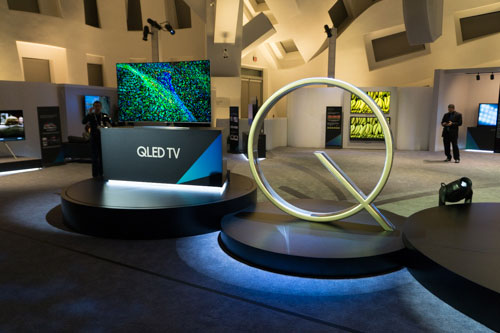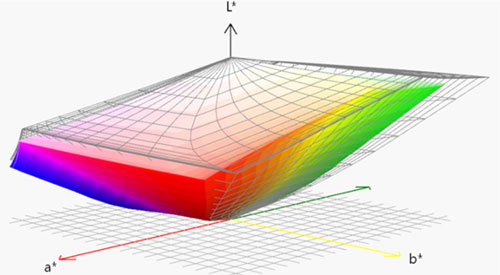In an exciting announcement that’s sure to please professional calibrators and video enthusiasts, Samsung has announced a partnership with Portrait Displays/ SpectraCal to implement AutoCal support in CalMAN calibration software (which we use in all our display reviews) for the South Korean manufacturer’s 2017 lineup of QLED televisions, including the flat Q9, curved Q8 and entry-level Q7 series.

For automatic calibration to happen, there needs to be direct interfacing between the TV screen and laptop, known as Direct Display Control (DDC), which usually takes place over IP or wirelessly. Once DDC is established, picture adjustments can be made from the laptop without needing to summon the picture menu on screen. This is hugely beneficial especially for HDR calibration since measurements of brighter luminance levels won’t be diluted by the presence of on-screen menus or sliders, contributing to a more accurate result. High-end Panasonic Viera TVs have supported ISFccc DDC through CalMAN for some time now, making them a joy to calibrate.
New for 2017, many Samsung TVs will also offer 20-point [White Balance] controls in addition to 2-point, primarily to allow for greater precision during HDR calibration as brightness ramps up from 0 to potentially 2000 nits. AutoCal can certainly make the process of measuring and adjusting each code value interval less time-consuming, but we’d still like to check that it works properly (sometimes automatic calibration can introduce more artefacts due to excessive adjustments) before foregoing manual calibration.
Samsung has been beating the “colour volume” drum all CES, so it’s hardly surprising to hear that the Seoul-headquartered consumer electronics giant will be working with Portrait Displays to introduce colour volume measurement in CalMAN based on the CIELAB VCRC (Volume-Colour-Reproduction Capability) method outlined in IDMS (Information Display Measurements Standard). The metric – which takes into account colour performance at different luminance levels to give a truer representation of what we see – will be calculated following a multi-point measurement run, after which a 3-dimensional chart will be generated showing the display’s colour volume against reference (depicted as wire grids).
 |
| Example of colour volume measurement diagram (Source: Samsung/ SpectraCal) |
In a briefing behind closed doors, we and fellow AV journalists were shown a live demo of the beta calculator in action. The Samsung 65Q9 exceeded 100% of DCI-P3 colour volume (108% to be exact), whereas a 2016 OLED could only reach 67%. The difference was clearly visible in real-life footage (albeit mostly bright and colourful ones) during side-by-side comparisons, with the QLED TV having no difficulty painting bright, saturated colours without clipping.
The CalMAN colour volume calculator is expected to become available around the time Samsung’s QLEDs hit stores in spring 2017. We’ll be seeking to use it in our reviews once we verify the measurements correlate with what we see in real-world content.